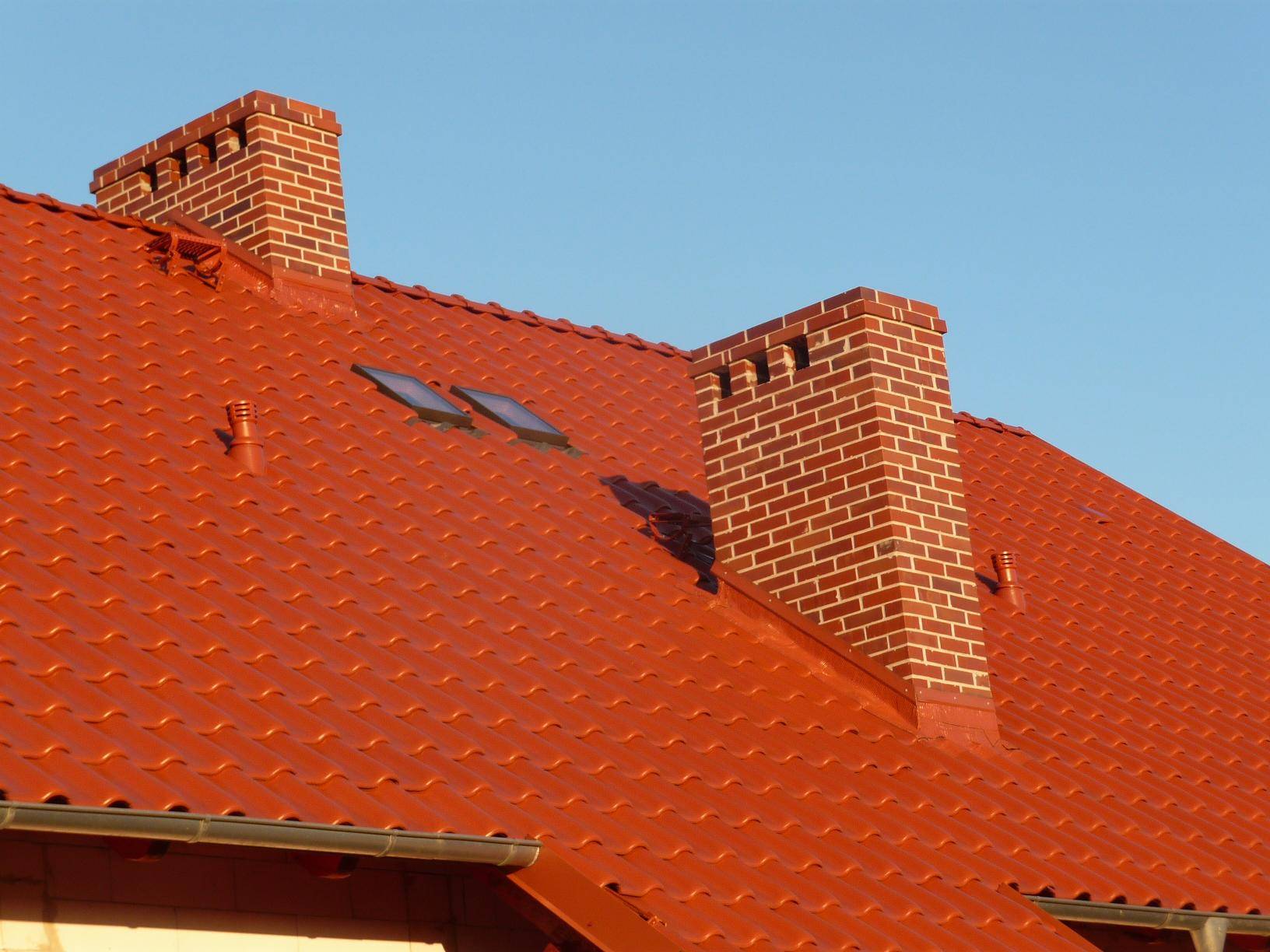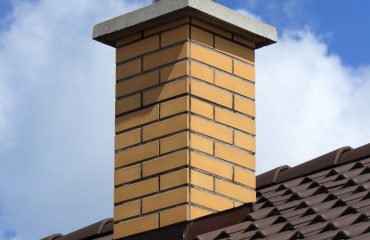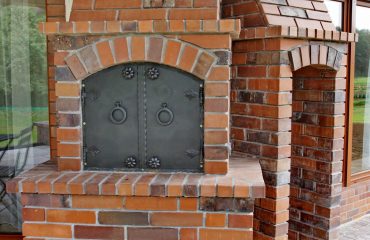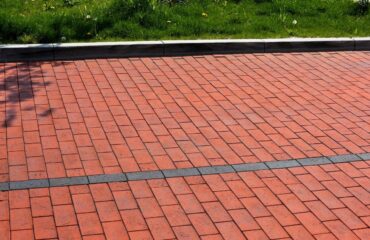What bricks for a masonry chimney to choose, wanting a good and durable result? Preferably clinker and solid. In view of this, which brick to choose for the chimney among the great wealth of clinker? To make it easier, we have gathered advice from professionals.
Brick for a chimney – which one to choose? First, the technical issues
When choosing finishing materials, it is not difficult to focus on their appearance – color, pattern, form. However, in order for them to serve for many years without problems, in addition to stunning beauty, they must have the right technical parameters. That’s why when asked what bricks for a masonry chimney will work best, experts answer: clinker. Clinker bricks are made from a mixture of clay, sand, and chamotte fired at temperatures often reaching 1000°C. The grade of clay used and the precisely regulated firing parameters are fundamentally responsible for the final color, so it is extremely resistant to fading – it does not change, among other things, despite decades of exposure to sunlight and UV radiation.
The method of production also gives clinker bricks remarkable resistance to extremes of temperature, from frost to heat, as well as contaminants provided by smoke or exhaust fumes. Another huge technical advantage of clinker is its low, just a few percent absorbency. Why is it so important? Therein lies the secret of clinker bricks’ negligible susceptibility to, among other things, biological corrosion (fungi, mosses, lichens) and chemical corrosion (acid rain or industrial gases), and dirt in general. These excellent parameters delight us all the more because we are dealing here with natural and ecological materials.
Now that we have highlighted the technical qualities of clinker, we can move on to more specific guidelines on what brick to choose for the chimney. To build a chimney, solid bricks are best. Both the chimney casing and any finials above the roof must necessarily be built of solid brick, or possibly of shaped bricks, which also help to give it an attractive appearance. However, these too must be solid. The striking look of a chimney can also be achieved with a very classic cornice of bricks extended from the face of the wall, interlocked diagonally (facing outward at one corner), or laid on a roll (arranged vertically). The history of architecture offers countless inspirations
What bricks for a masonry chimney? Second, the comfort of use
In addition to strictly technical issues, for all exterior parts of the house – exposed to air pollution – the aspect of the operation is extremely important. What comes into play here is the outlay of money and in-house labor to keep the item in good condition, as well as the extent and ease (or difficulty) of ongoing maintenance. For these reasons, rather than plaster, cladding is used on chimneys today. It eliminates problems with peeling or falling off and the need for regular repainting.
All these issues again clearly indicate that the question of what bricks for a masonry chimney will prove to be the least demanding should be answered again: clinker bricks. Their already mentioned very low absorbency translates into tangible functional advantages. In addition to resistance to frost cracking, it gives negligible susceptibility to settlement of various contaminants found within the roof. If it had become soiled (e.g., as a result of blowing smoke with soot particles, bird habitation) it would have to be washed at most.
Externally applied clinker, however, generally maintains itself in excellent visual condition. It is washed clean of atmospheric contaminants by rain, as evidenced by the excellent appearance of not only chimneys, but also facades and clinker paving. But to make sure that nothing hinders this process, investors wondering what brick to choose for the chimney, experts suggest the one with the lowest possible absorption rate, bricked, of course, with a full joint.






